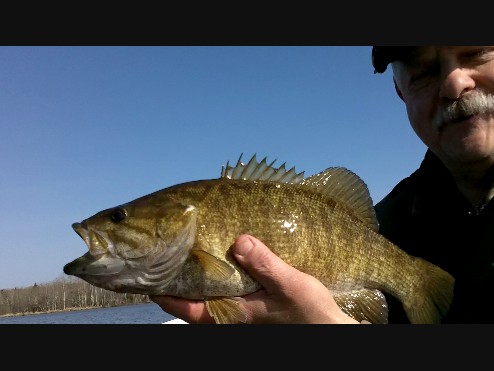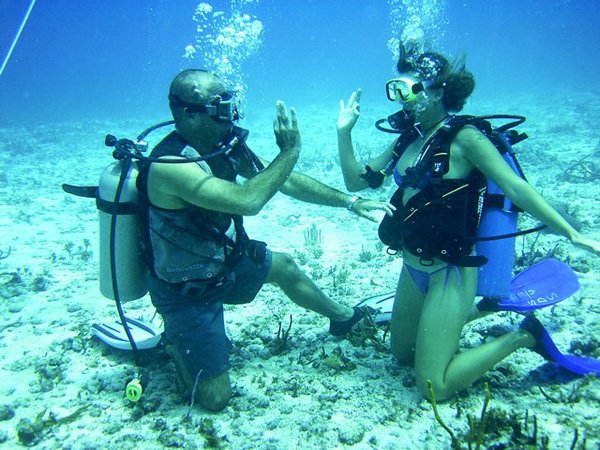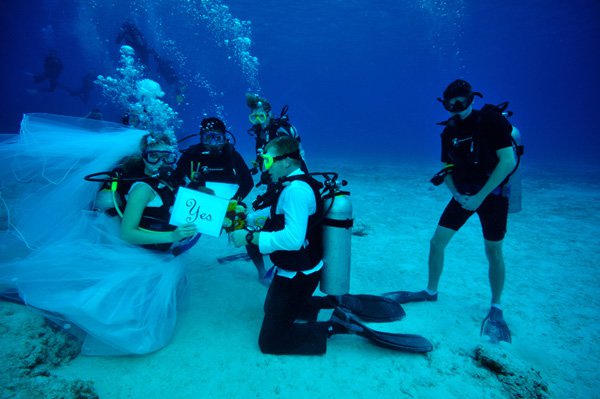Characteristics of Fly Fishing Lines
The three predominant types of lines that have been in use in Australia since the 1920s are the enamelled silk line, the oiled silk line and the synthetic line. Enamelled silk lines were made from pure silk, plaited and coated with enamel. They were waterproof but these lines were very brittle and inflexible, rendering them difficult to handle and cast. The oiled silk line, whilst more flexible and finer, is hard to obtain.
Later on some anglers used nylon or terylene line soaked in linseed oil. Saturation of the line in the oil and the polishing of the line with a cloth was a very labour intensive duty. It was necessary to carry out this task several times in order to saturate the line sufficiently. The more saturated and polished the line, the more supple and easier the line was to cast.
This line was unable to float and required stretching and greasing then polishing with a cloth. This task usually took in excess of one hour to complete and usually the line would take in water within 2 hours of use and would sink. A replacement line treated in the same manner would need to be on hand and brought into use at some time in the session. The saturated line would need to be dried, then re-greased. Quite often this process would trap water inside the surface preparation causing the line to rot. Unfortunately the angler would become aware of this problem only when his line snapped during the landing of a fish.
These lines would require removal from the reel and hanging overnight in loose spools. The switch to sinking lines created another set of problems. Lines previously used as floaters would need to be stripped of the oily coating with soap, mud and later liquid detergents, not the desired odour or chemical to be on the line and in the water. Once these lines were used as sinking lines, their use as floating lines was finished as they would need to be dried and the whole process started over.
During the later half of the 1950s the synthetic lines were introduced to the market. The first lines would crack and fracture at the ends, allowing water to penetrate and hence they would be useless as a floating line. Modern lines have eliminated this to a large degree however cracking is still present and mostly unavoidable. The synthetic line has enabled manufacturers to produce lines of variable sinking speeds and even lines where the lead section sinks and the remainder floats.
Lines were tapered at each end which allowed for both ends of the line to be used. The taper also caused a slowing of the line during the cast and prevented the bait from landing heavily upon the water. Many more types of line were introduced with the advent of the synthetic line. A new type of line with a taper at one end, a heavier section behind the leading, short section and a length of finer line produced a line with more weight and conducive to longer casting distances.
The enamelled line came in a range of colours achieved by coloured silk threads woven into the line. The oiled line appeared in 2 colours only. The introduction of the synthetic line also heralded the use of many more colours in lines including the identification of different types of line by different colours. Colour can also be used to reduce the visibility of the line to the fish.
The sizes of fly lines have changed considerably over the years as has the methods of measurement. Originally the lines were classified by numbers 1, 2, 3, 4 and 5 with 1 being the finest and lightest line. The number system gave way to a lettering system with the tapered type lines being allocated several letters depending upon the combination of tapers along its length. Eventually the numbers were re-introduced and combined with the letters to indicate the weight of the line as well as its tapered characteristics.
The maintenance of the line mainly entails the removal of algae from the splintered tips. Methods of cleaning the line include washing in soap and warm water or using a line cleaning solution which can be purchased at most tackle outlets.
Fly Fishing Lines - Leaders and Tippets
Top Tips For Planning The Ultimate Alaska Fishing Vacation


